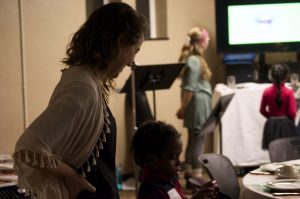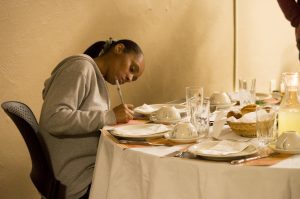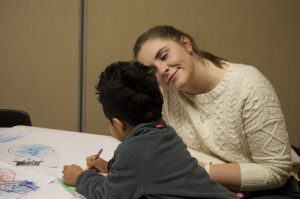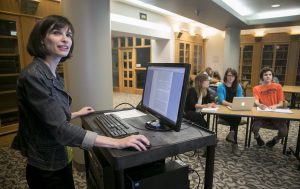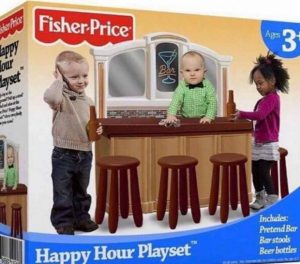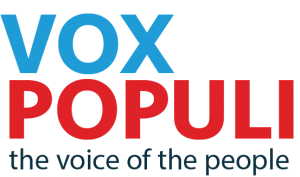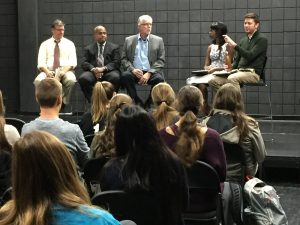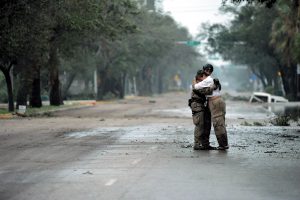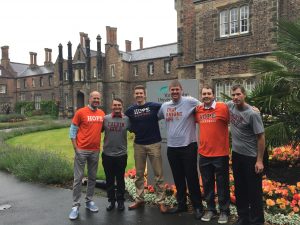
Dr. David Ryden, professor of political science and chair of the department, is an oft-sought-after national expert on the Supreme Court and the presidency. His scholarship on the topic has been cited on CNN, in The Christian Science Monitor, U.S. News and World Report, and The New York Times. He is also the author of The Supreme Court and the Electoral College.
On the heels of President Trump’s announcement of his Supreme Court nominee, Judge Neil Gorsuch, Ryden, a centrist political scientist, offers seven points to consider:
- Supreme Court Justices are Neither Republican or Democrat.
“I bridle when people say a judge is a Democrat or a Republican. It’s not that simple. Their differences are rooted in deep, intellectual ways of reading and interpreting the Constitution….Yet, I know we can’t help but think of them as extensions of the two parties. The national perception is that these men and women are partisans in robes. I would ask people to put that thinking aside. Yes, the court is polarized but not in a partisan sense. The court is polarized in an ideological sense — liberally or conservatively. These are serious legal thinkers on both sides. I’m convinced they do not think in partisan (party) terms.”
- Politicizing a Supreme Court pick is inevitable.
“There has always been a politicizing of what the justices do and how they act, ie, they are not partisans but they end up making decision that have political ends. All contemporary justices, liberals and conservatives alike, tend to be activists in pursing their own objectives. Right and left, they are selective in the extent to which they look to the Constitution or ground their decisions in the Constitution. Judges on both sides of the ideological spectrum tend to be extra constitutional in what they do. And since that is the case, politicizing the selection process is understandable. If what the justices do is political then the selection process should be political, too.”
- This is not a transformative appointment to the Supreme Court.
“But the next one could be. This appointment will maintain the status quo that was in place before Justice Antonin Scalia’s death. If Trump gets another opening during his first term, he will likely be able to establish a solid conservative majority, one that isn’t reliant upon the sentiments and vagaries of Justice Anthony Kennedy’s thinking. Of course I am speculating. It’s dependent upon another opening occurring during Trump’s term, one involving the death or departure of one of the liberal bloc or Kennedy. And here’s where good old-fashioned luck comes in. How many additional choices will Trump get, if any? Will it be the good luck of FDR, Ike or Reagan, or the characteristic bad luck of poor Jimmy Carter, a one termer who got no picks? We don’t know, of course. But if you look at the ages of the current justices, it is clear the odds are in Trump’s favor.”
- Remember that the Supreme Court is anti-majoritarian in nature.
“This means they are elitist and anti-democratic, as divorced from public sentiment as anything imaginable. This is good up to a point, allowing them to protect and uphold civil liberties and rights in the face of an unfriendly political climate. But the only point where ‘we the people’ have any input into the make-up of the court is when we elect a president and Senate and even then, the public involvement is indirect at best. The justices are unelected, life-tenured (the average length of a tenure is 26.5 years), and once on the court, there really is no accountability in terms of their decision-making. So Supreme Court justices truly are insulated.”
- What might be a Democratic response to the nominee?
“Democrats could try to simply vigorously oppose Trump’s pick on the nominee’s merits. They could try to pick off a few moderate Republicans to vote their way. The problem is that there really aren’t many moderate Republicans left in the Senate. Moreover, it’s hard to see Republicans breaking rank on something this important.
“Or, Democrats could filibuster, but what will be Republican response to that? To eliminate it altogether, which would be a troubling development. Filibusters, when not abused, force the majority to make some concessions to the minority party. Once it is eliminated, then we’re reduced to raw majoritarian politics with no regard for the minority. I would hate to see it eliminated. So I hope the Democrats resist the urge to filibuster. It would politicize the Court even more. A filibuster by the Democrats would trigger the nuclear option by the Republicans; they might simply change Senate rules by majority vote to do away with the filibuster altogether. Then there’s nothing to stop, or even moderate, a Trump nominee the next time.”
- The Potential Impact of a Conservative Court in the Time of Trump
“The irony of this pick is that Trump might choose a judge who might add to a conservative majority that is in fact more inclined to rein in Trump in his use of executive power. A Trump court is potentially the greatest protection against a Trump presidency, because historically, judges who are most skeptical of executive authority tend to be more conservative, and are more likely to enforce restraints and limits on the executive power.”
- Populist or pedigree? This Supreme Court pick answers the question.
“Will Trump continue to burnish himself as anti-elitist/populist by picking someone for the court who could be viewed the same way? Will he go with a non-Harvard, non-Yale candidate? Then Thomas Hardiman, who drove a cab to put himself through school, would be Trump’s choice to maintain his populist approach. If he goes with Gorsuch, then he’s opting for impeccable credentials . . . Columbia, Harvard law school, Oxford. In short, pedigree over populism. We’ll see. ”




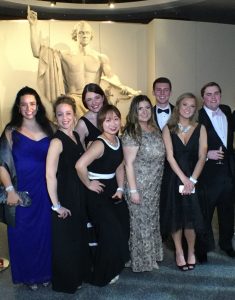
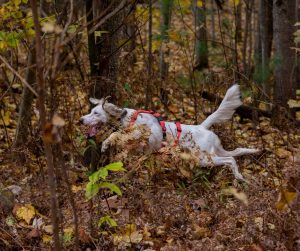
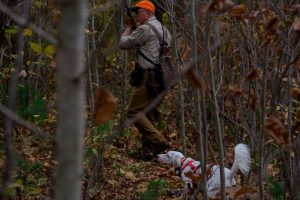

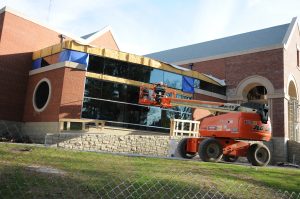

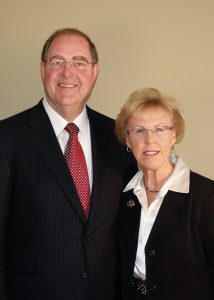



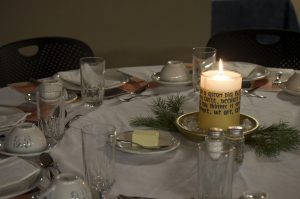 Though the event was Pelz’s idea, Gregory choreographed every aspect of the evening, from the menu to the décor. Her students corresponded with him during the semester to ask his wishes, learning about what he would want if he were indeed the one to be the on-site host. His poetry was the centerpiece of the evening, providing content for the students’ performances and visual displays. Students also contributed their creative gifts through harp music, singing performances, and artistic displays via placemat design and other decor. The family joined in as well, spontaneously singing gospel songs and offering toasts to Gregory.
Though the event was Pelz’s idea, Gregory choreographed every aspect of the evening, from the menu to the décor. Her students corresponded with him during the semester to ask his wishes, learning about what he would want if he were indeed the one to be the on-site host. His poetry was the centerpiece of the evening, providing content for the students’ performances and visual displays. Students also contributed their creative gifts through harp music, singing performances, and artistic displays via placemat design and other decor. The family joined in as well, spontaneously singing gospel songs and offering toasts to Gregory.